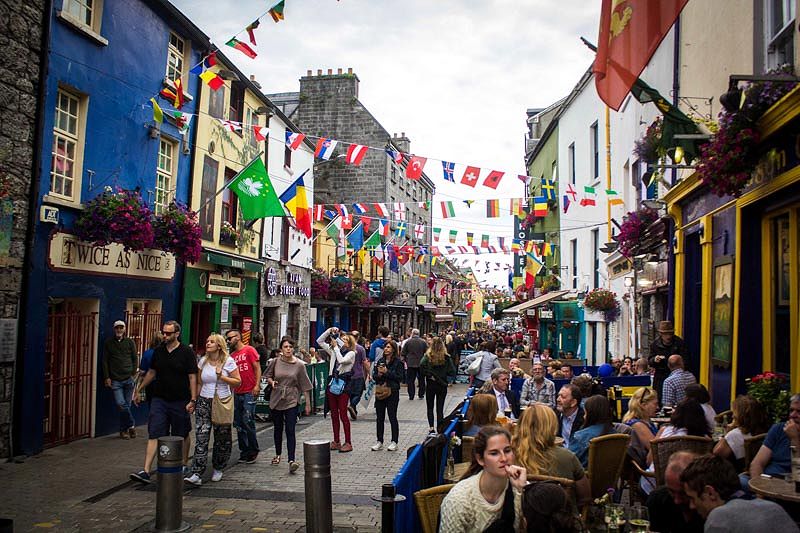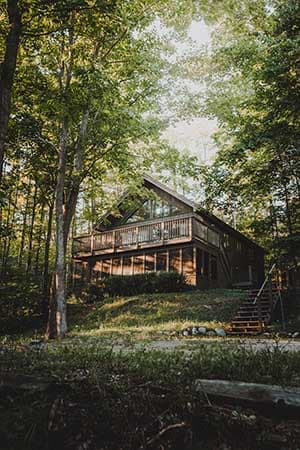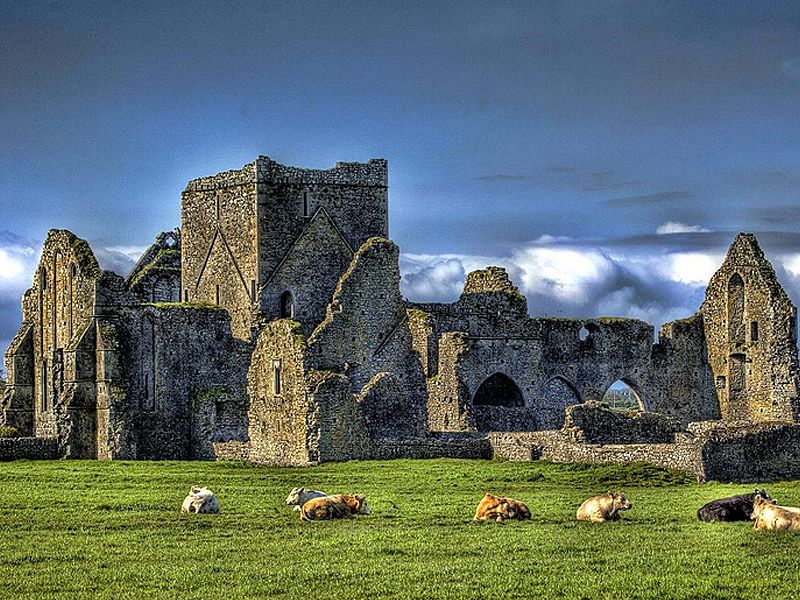The Highlands Carlingford
Journey Through Ireland’s.
Hidden Stories and
Scenic Secrets!
What Topic Will You Discover Today?
From captivating history and mouth-watering cuisine to must-visit spots, dive into a world of wonders waiting to be explored!
Unlock the Secrets
Explore Our Latest Articles and Insights!
No posts




